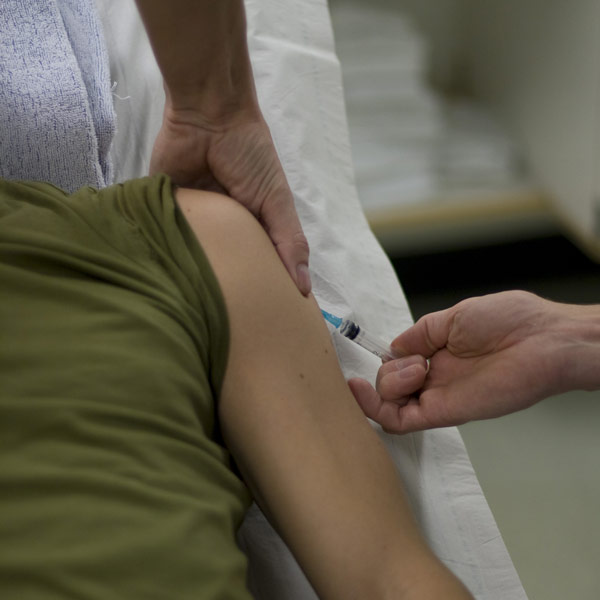THURSDAY, Oct. 13, 2016 (HealthDay News) — Countries around the world need to work harder to combat tuberculosis infections and deaths, a new World Health Organization report says.
Nations across the globe have pledged to reduce tuberculosis (TB) infections by 80 percent and TB deaths by 90 percent by 2030, but they must work faster if they want to meet these goals, according to the WHO.
“We face an uphill battle to reach the global targets for tuberculosis,” WHO Director General Dr. Margaret Chan said in an organization news release. “There must be a massive scale-up of efforts, or countries will continue to run behind this deadly epidemic and these ambitious goals will be missed.”
Tuberculosis is a disease that mainly affects the lungs. The bacteria that cause TB are primarily spread from person to person through tiny droplets from coughs and sneezes.
The global response to the TB epidemic did manage to save more than 3 million lives last year, the WHO report revealed. But new data collected from India suggests estimates about the total burden of the disease were too low.
In 2015, an estimated 10.4 million people were newly diagnosed with TB. Of these people, 60 percent were from India. Trailing India with high rates of the disease were China, Indonesia, Nigeria, Pakistan and South Africa.
The WHO report suggests that disparities exist in many countries, which may prevent people with the infection from gaining access to cost-effective diagnosis and treatments.
Lack of testing and the under-reporting of new TB cases remain an ongoing issue in the fight against the disease, according to the report. Of the estimated 10.4 million new cases in 2015, only 6 million were detected and officially notified.
It’s also estimated that 1.8 million people died from TB last year, the report showed. Of these, 400,000 also had HIV.
Around the world, deaths due to TB dropped by 22 percent between 2000 and 2015 but remained one of the top 10 causes of death worldwide — more deadly than HIV and malaria, the report found.
The rate of decline in TB cases also didn’t change last year, holding steady at 1.5 percent. The WHO said this must accelerate to a 4 percent to 5 percent drop over the next four years to meet established goals.
Multidrug-resistant TB (MDR-TB) is also a serious public health threat, the WHO cautioned. In 2015, an estimated 480,000 people developed this infection, primarily in India, China and Russia.
“The dismal progress in the TB response is a tragedy for the millions of people suffering from this disease. To save more lives now, we must get newly recommended rapid tests, drugs and regimens to those who need them. Current actions and investments fall far short of what is needed,” said Dr. Mario Raviglione, director of the WHO Global TB Programme.
Another public health expert agreed.
“As the report shows, we need universal health coverage, social protection mechanisms, and public health financing in high-burden countries,” said Dr. Ariel Pablos-Mendez, assistant administrator for global health at the U.S. Agency for International Development. “The development aid community needs to step up more investments now, or we will simply not end one of the world’s oldest and deadliest diseases.”
More information
The U.S. Centers for Disease Control and Prevention provides more information on tuberculosis.
Copyright © 2025 HealthDay. All rights reserved.

